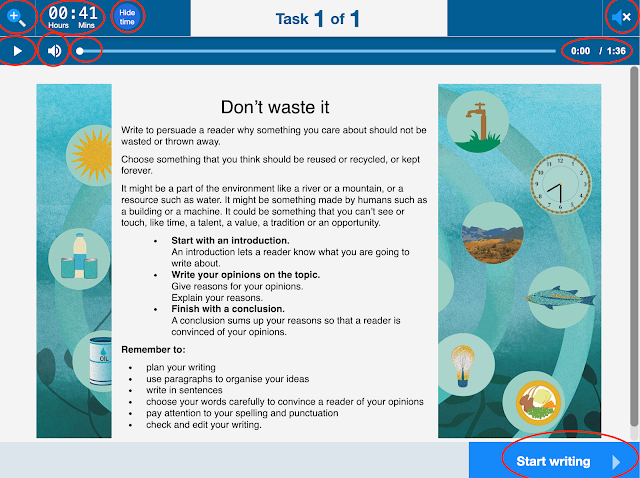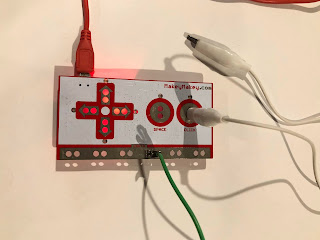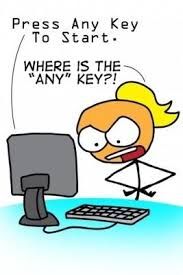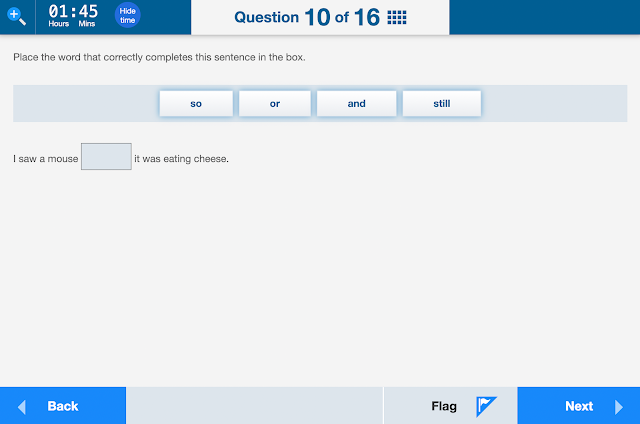Personal Interest Project Part 1
Personal Interest Projects (PIP)
A personal inquiry project is a research project where the topic is driven by student interest. This term I have had the pleasure of taking over a year 10 IST class. With reports and assessments completed I decided to trial a PIP with a secondary group. I will be dedicating the next few posts to how the PIP progresses in a secondary setting.
The theme that was set for the term by the previous teacher is "The future of technology".
Communication
All communication, links and the assignment sheets are delivered via Google Classroom.
Introduction
I introduced the unit by giving a guided tour of our school makerspace.
It has:
- Oculus Rift
- Makerbot Digitiser
- Makerbot 3D Printer
- Makey Makey
- Little Bits
- GoldieBlox
- Leap Motion
- Chromeboxes
- Formatted Desktops
- Old computers to pull apart
We watched and discussed the future of technology from the perspective of the mid 1900's through to the current day.
Dick Tracey - focus on watch phone
Next...
Students identified areas of interest and developed a project to research for 8 weeks.
Process
Students are required to:
- Document research using blogs.
- Build a research project that can be presented to class
- Model
- Demonstration
- Video
- Present project to the class
- Peer assessment
Project Ideas
- Design a model of a house in sketchup and 3D print it
- Create a "How to" video on the set up of the Oculus Rift
- A documentary on Bitcoin
- GoldiBlox and the role of women in technology
- Use Little Bits to create synthesised music and use it as a backing track to a country music cover.
- Use Blender to create an image of a human body and print it.
- Scan a mug and use 3DTin to create a 3D image on the mug, Print and Paint.
- Technology in the theatre.









Comments
Post a Comment